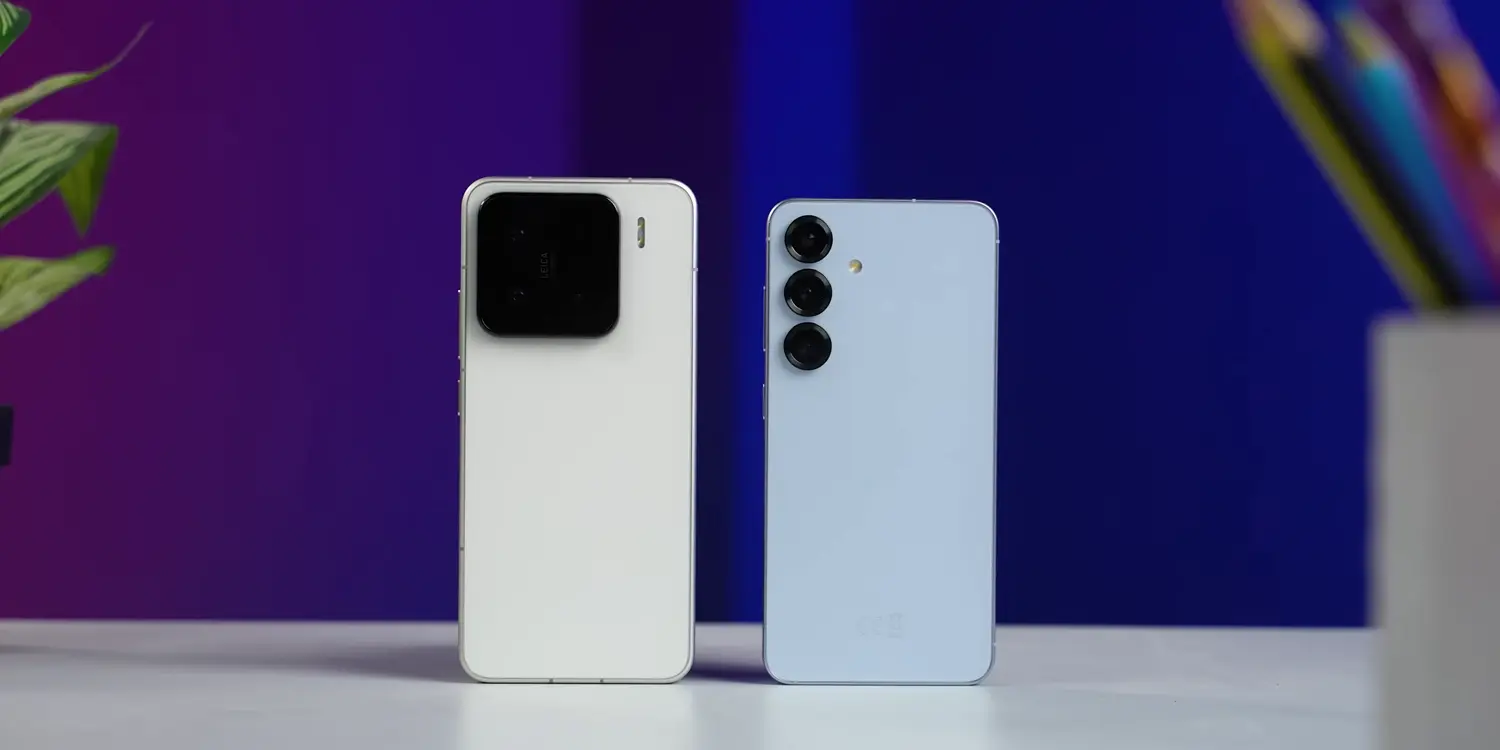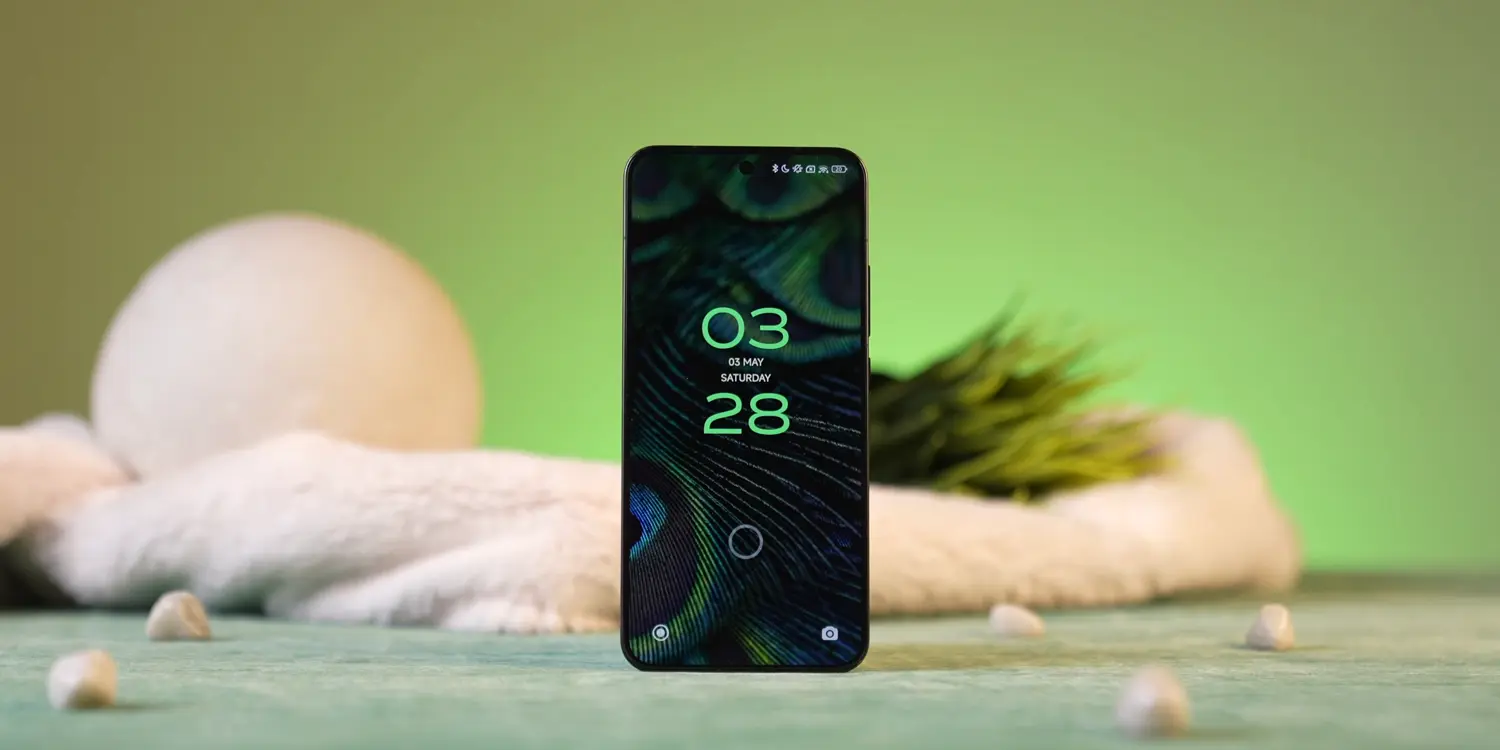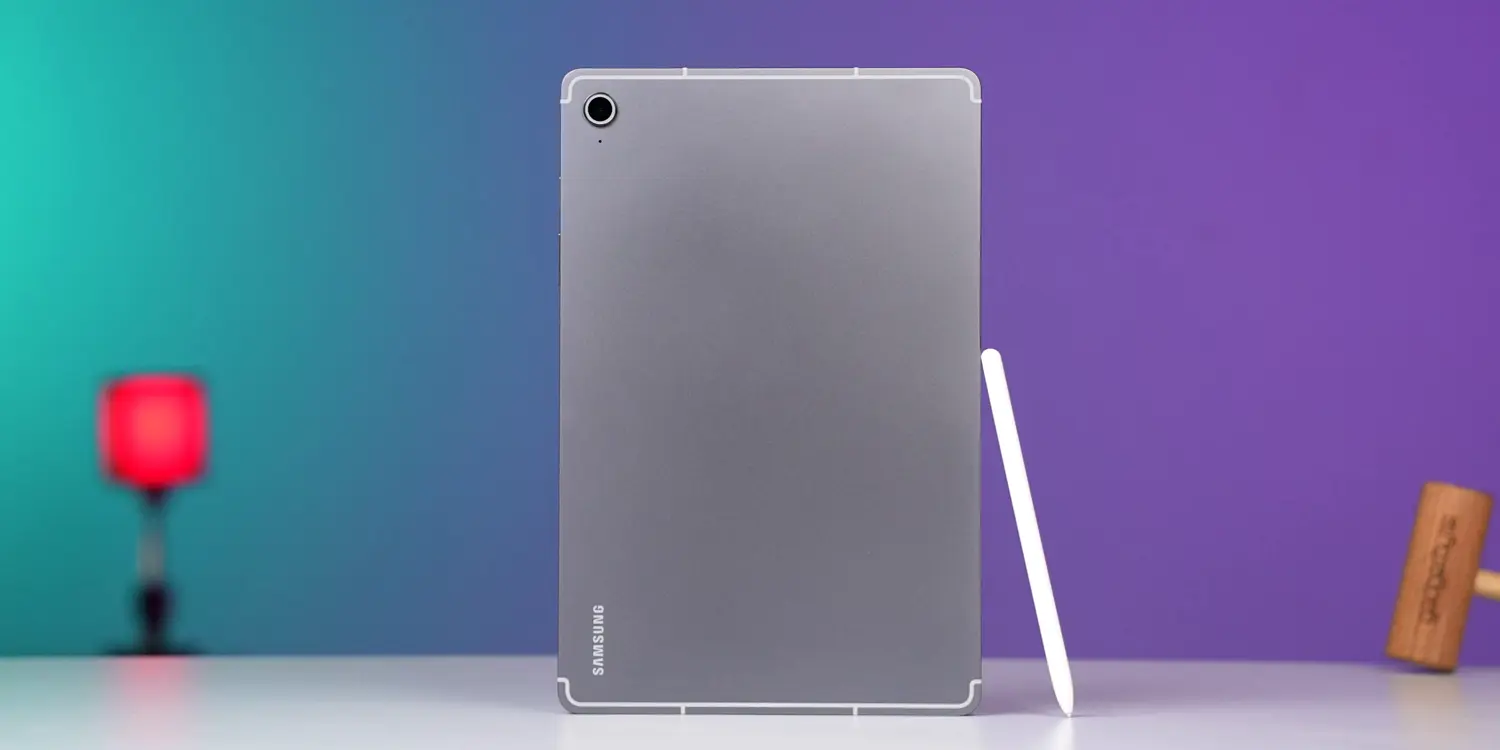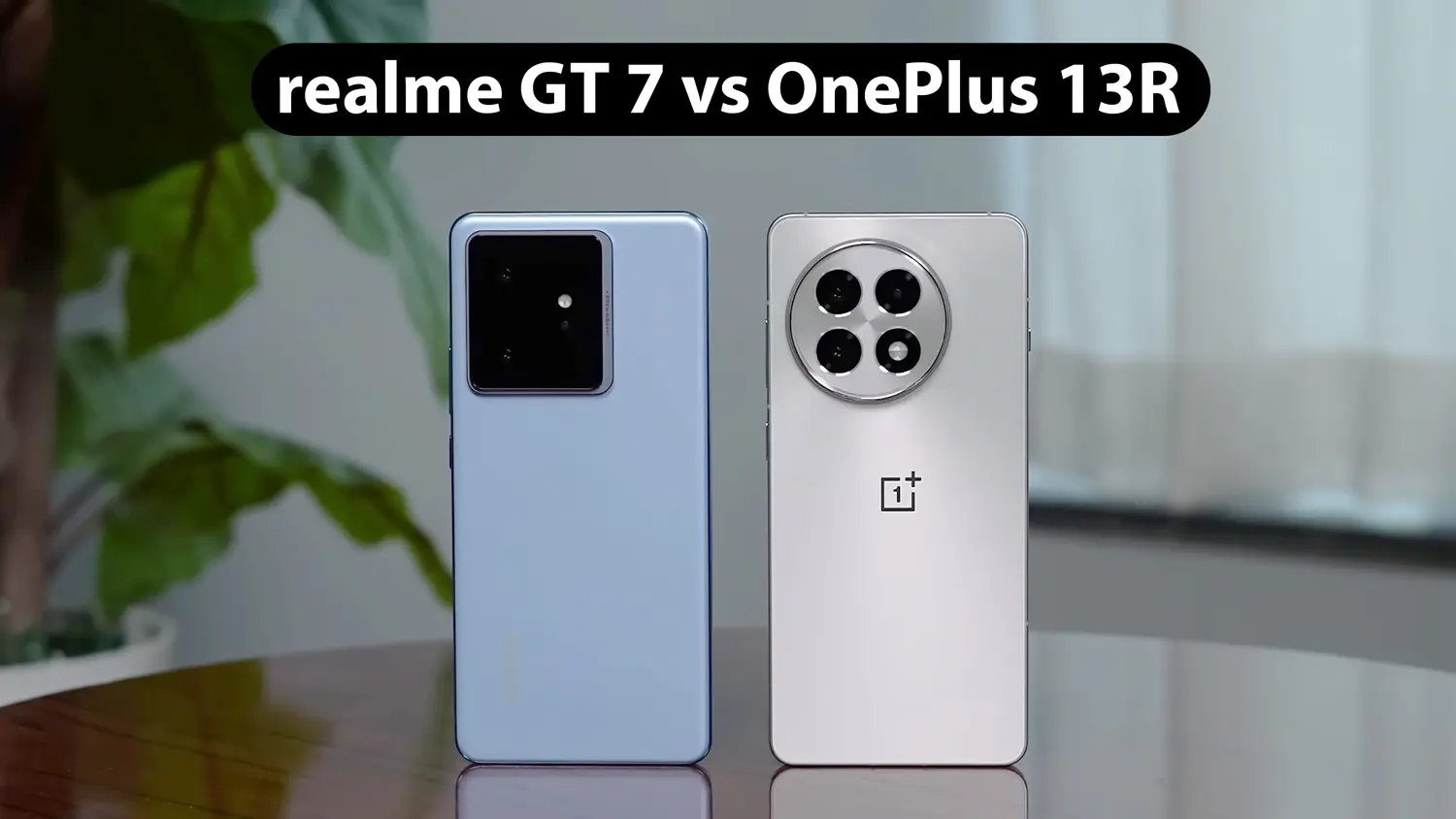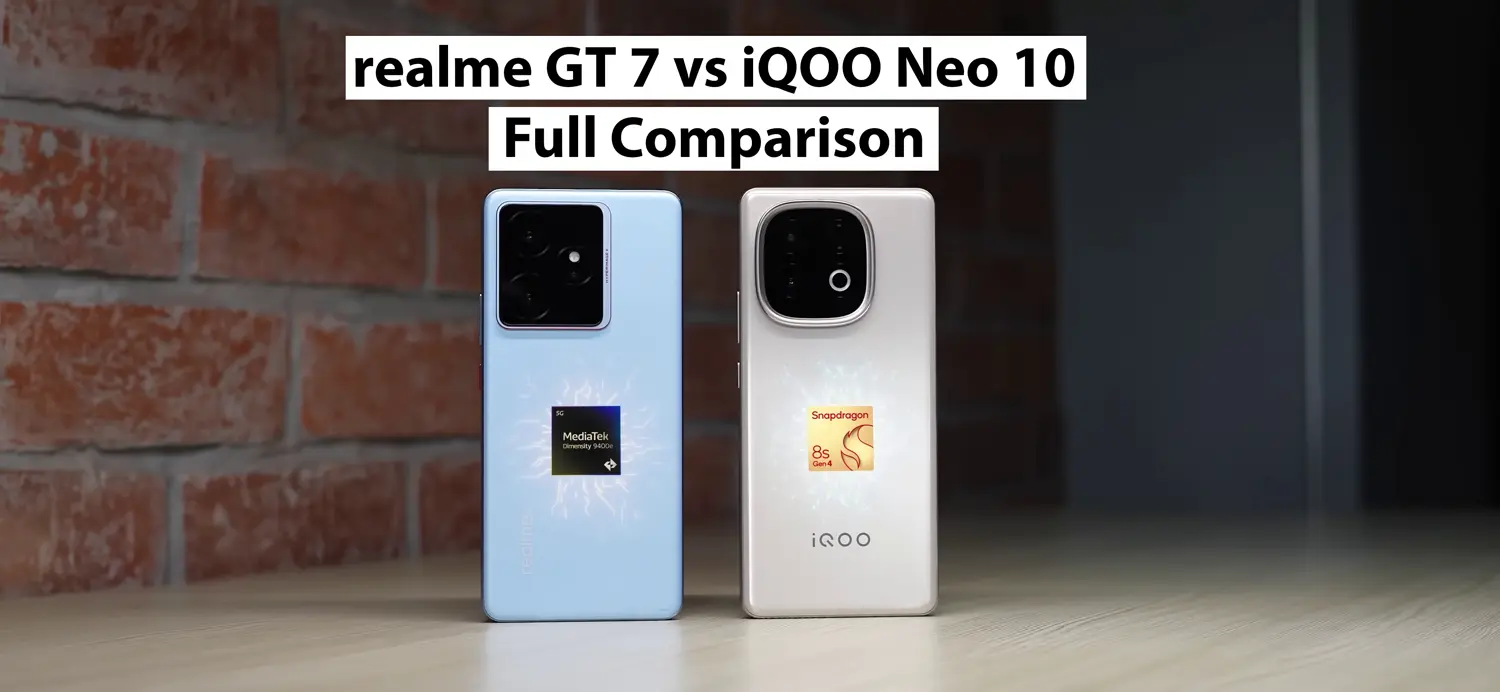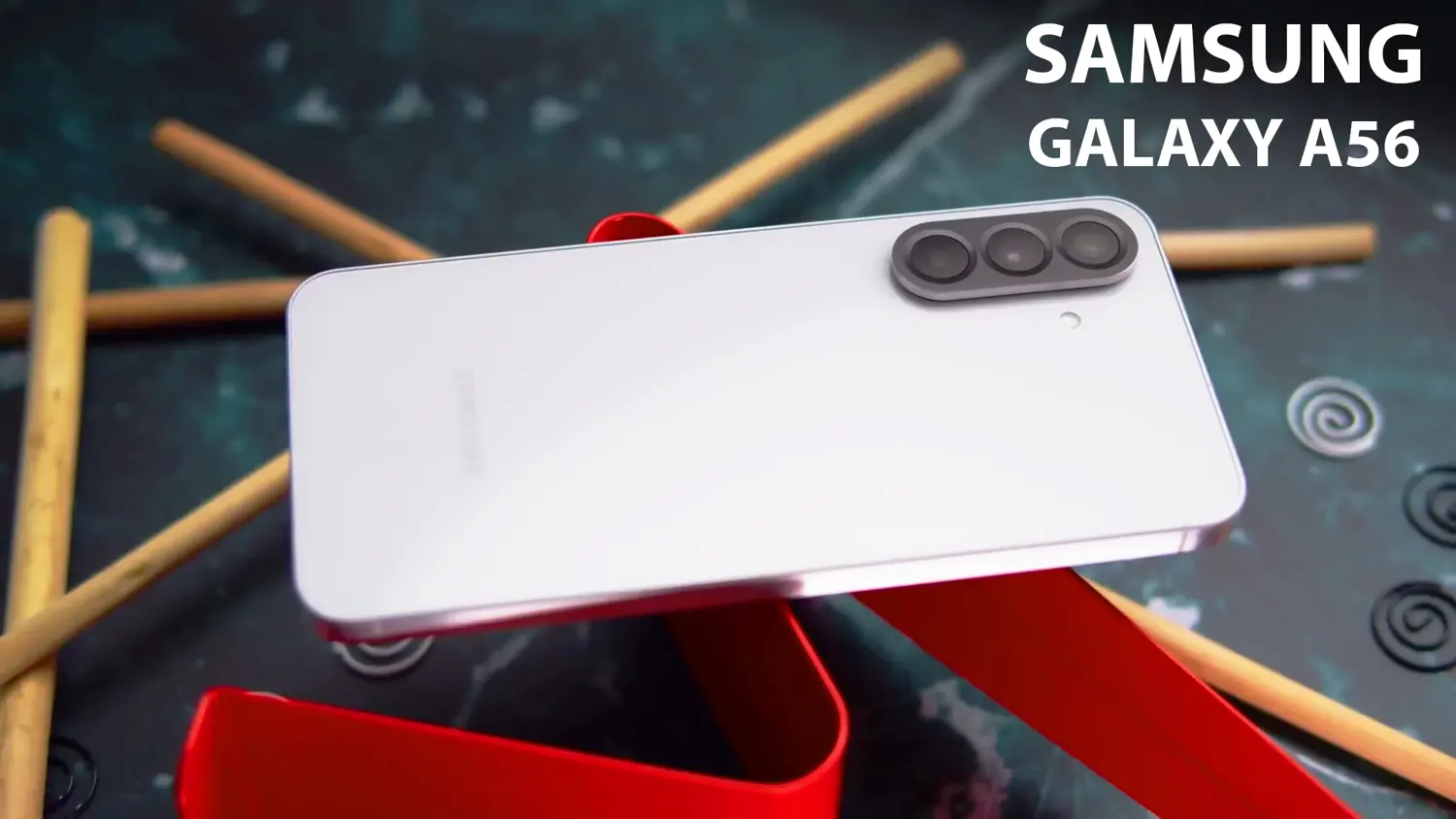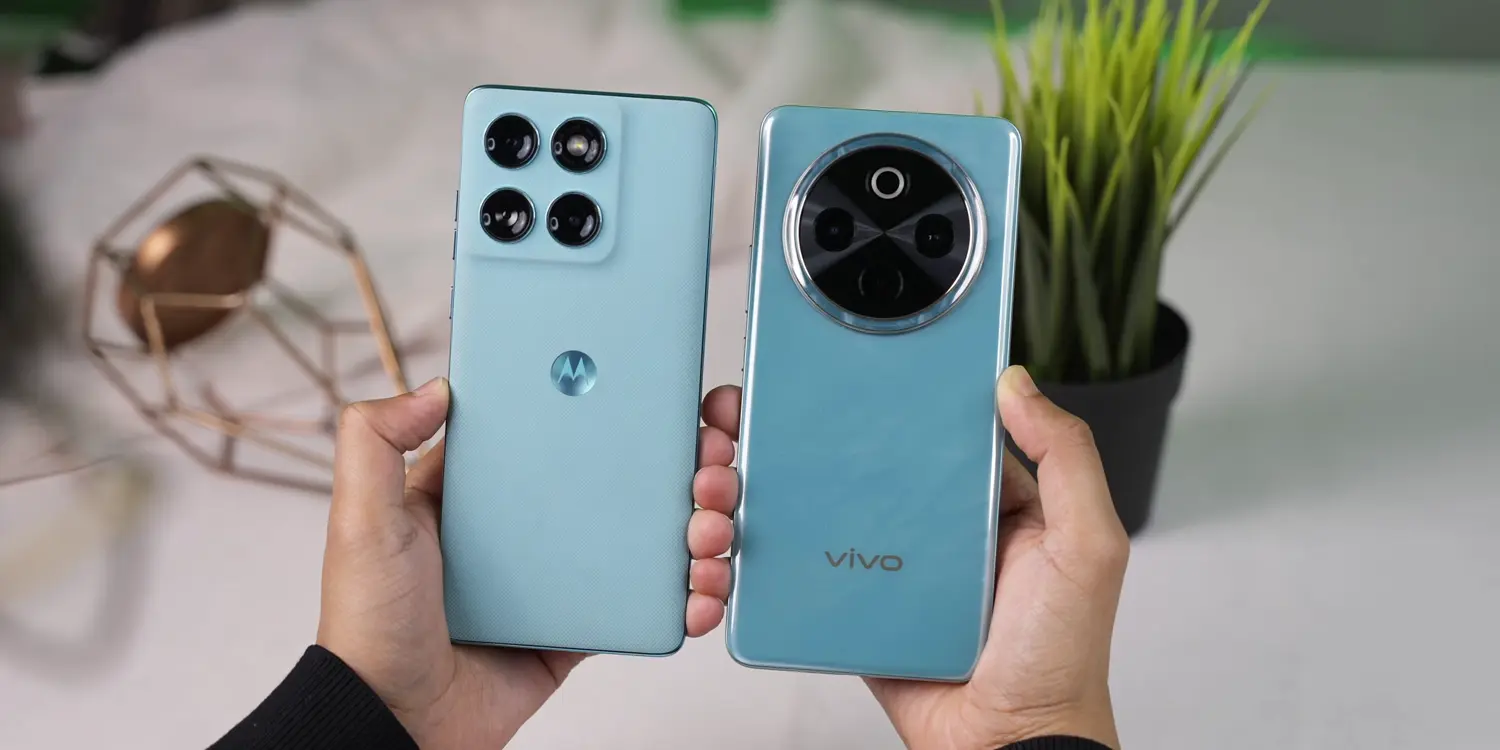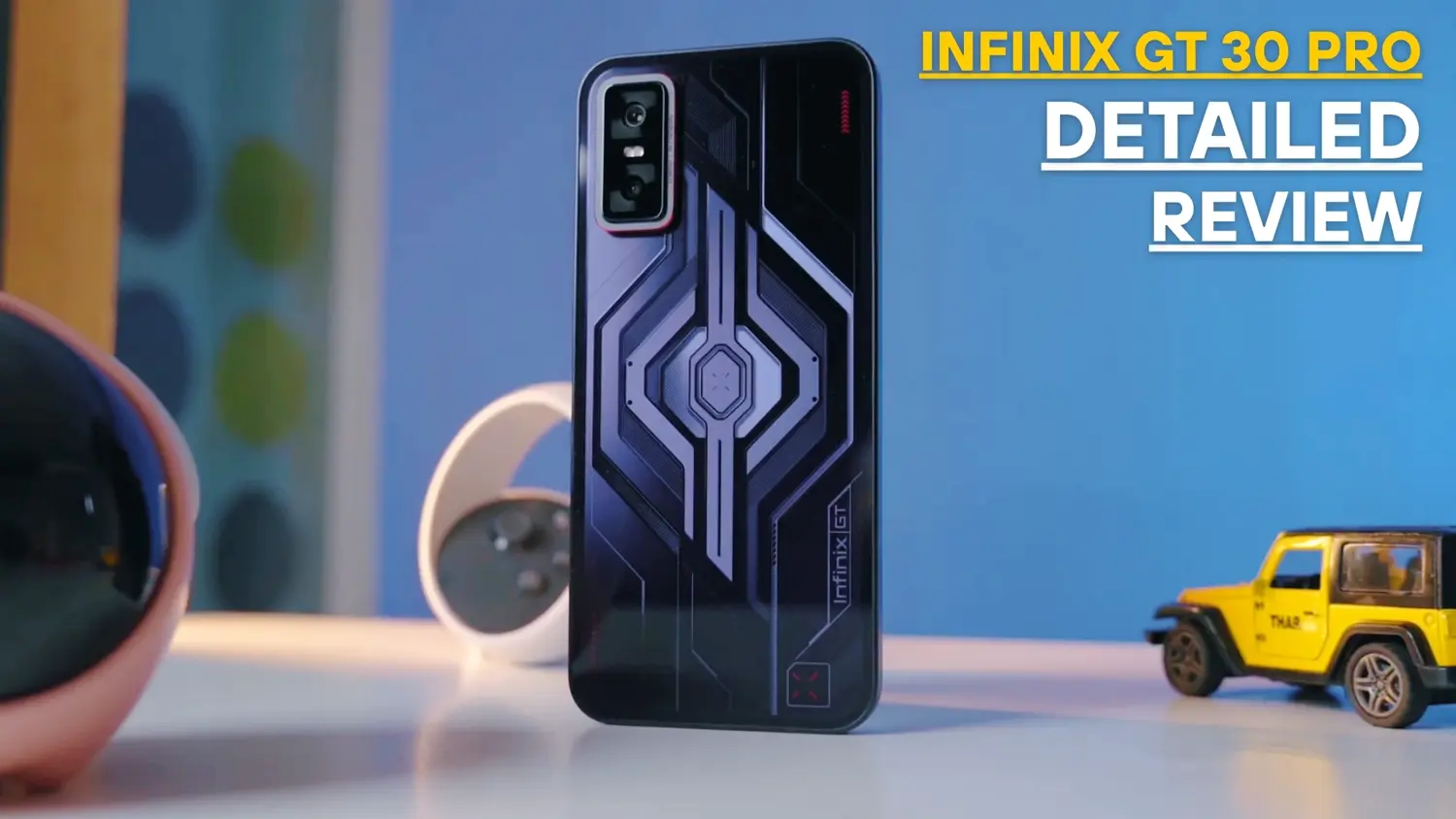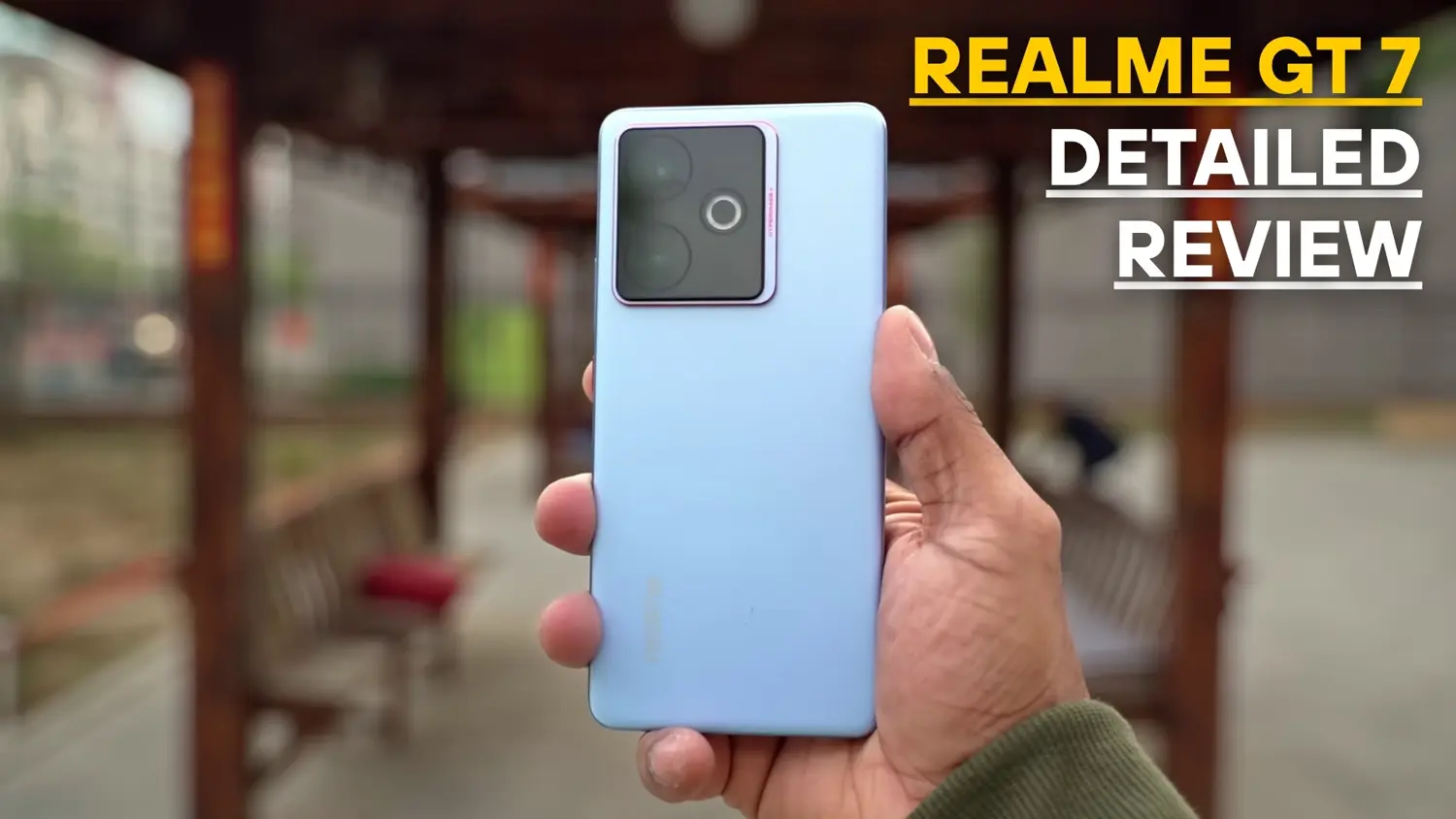In 2025, compact smartphones have become a favorite for those who want powerful devices without the bulk. Two standout options in this category are the Xiaomi 15 and the Samsung Galaxy S25. Both phones pack flagship-level performance, stunning displays, and premium designs, but they cater to slightly different needs. If you’re wondering which one to buy, this article will break down their similarities, differences, and unique strengths to help you decide. We’ll cover everything from design and display to battery life, cameras, and software, ensuring you have all the information to make an informed choice.
Why Compact Phones Matter in 2025
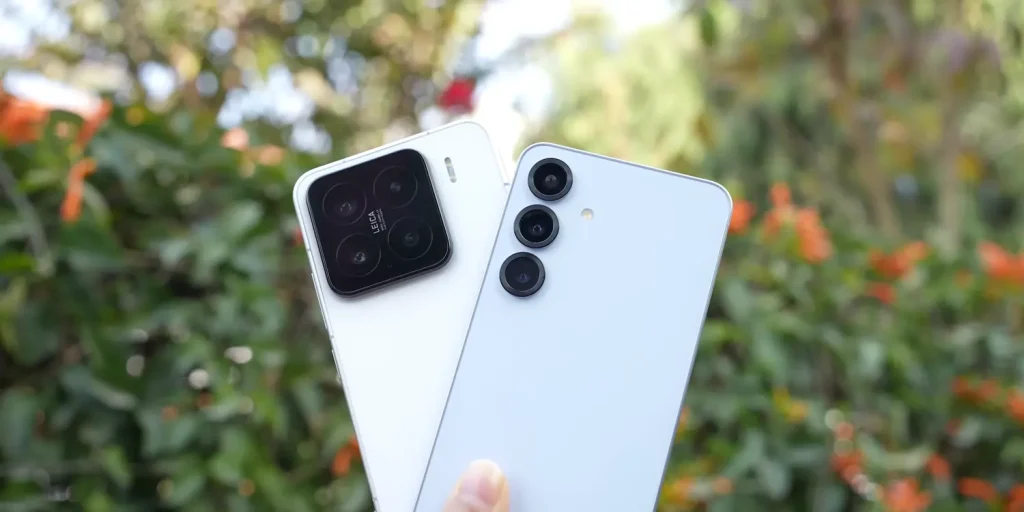
Compact phones are making a comeback because they’re easy to carry, comfortable for one-handed use, and don’t compromise on performance. The Xiaomi 15 and Samsung Galaxy S25 are perfect examples of this trend, offering top-tier specs in a pocket-friendly size. Whether you’re a student, a professional, or someone who loves compact devices, these phones are worth considering. But with so many similarities and a few key differences, which one is the better buy? Let’s dive into the details.
Design and Build Quality: Premium and Durable
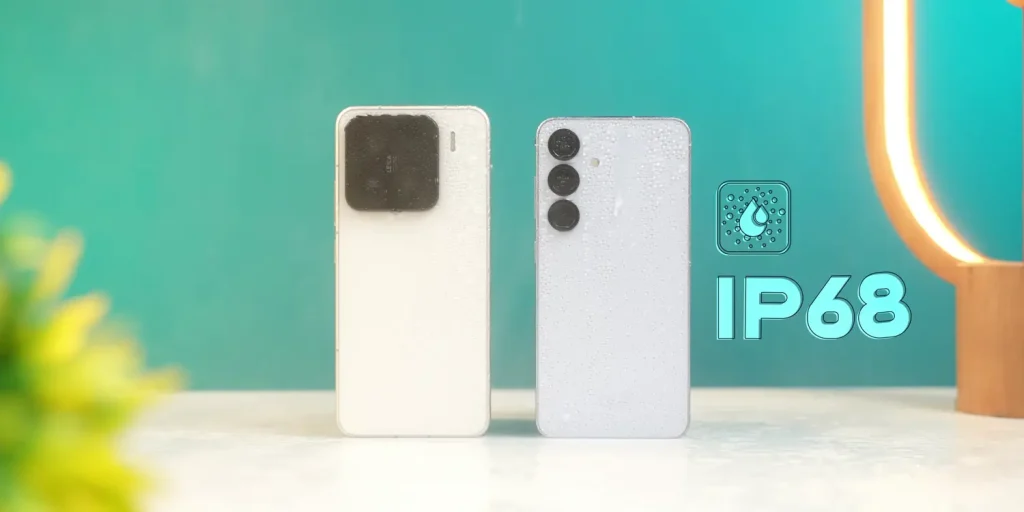
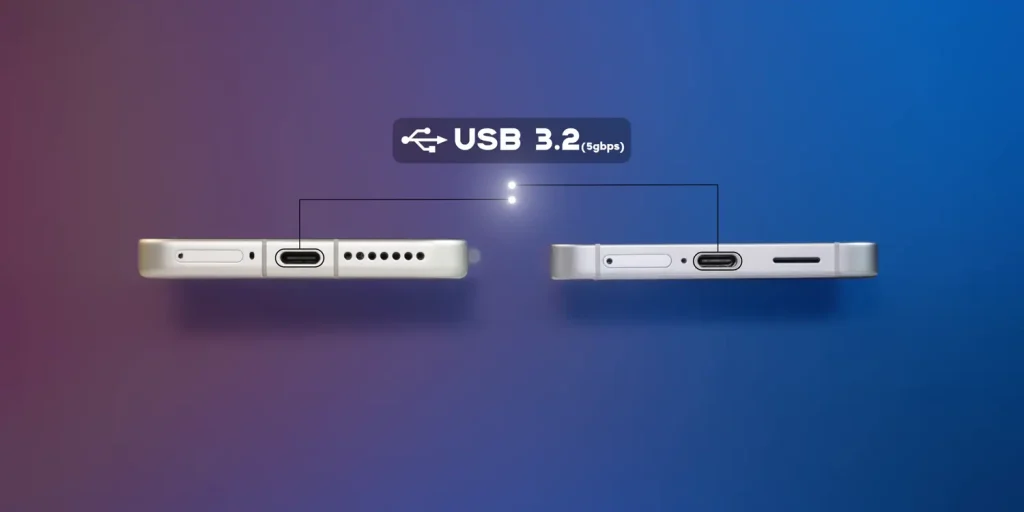
Both the Xiaomi 15 and Samsung Galaxy S25 are designed to impress. They share a premium build with a soft matte finish and sturdy aluminum frames. Both phones are rated IP68 for water and dust resistance, meaning they can handle accidental splashes or submersion. They also feature USB 3.2 ports for faster data transfers, a small but welcome upgrade over older USB standards.
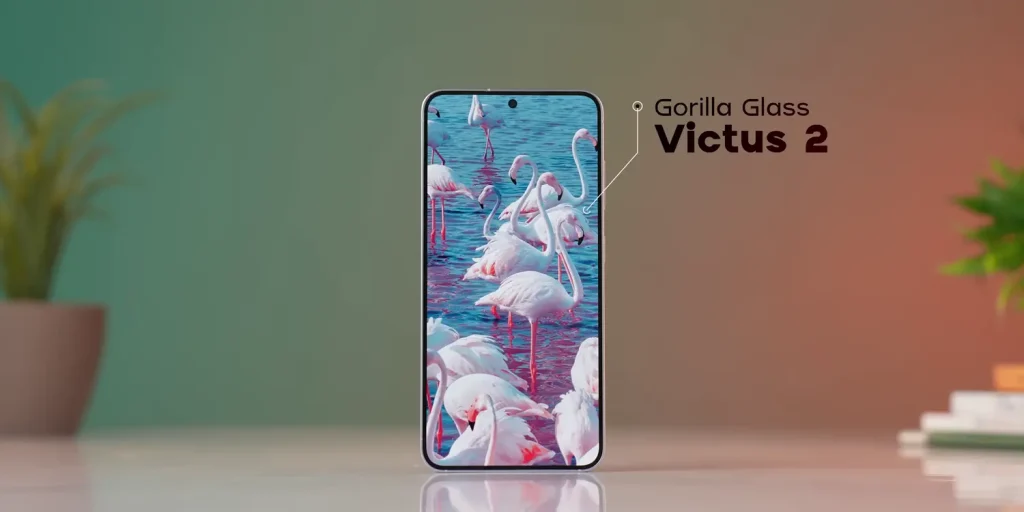

The Xiaomi 15 is slightly larger and heavier than the S25, but both remain comfortable for one-handed use. For protection, the Galaxy S25 uses Gorilla Glass Victus 2 on both the front and back, offering excellent resistance to scratches and drops. Xiaomi, on the other hand, uses Xiaomi Shield Glass on the display, which is claimed to be 10 times tougher than the first-generation Gorilla Glass Victus. While Xiaomi hasn’t specified the glass used on the back, the Shield Glass sounds promising, though we’d recommend using a case for extra safety.
In terms of design, both phones feel equally premium, with slim bezels and a modern aesthetic. If you prefer a slightly lighter phone, the S25 has a small edge, but the Xiaomi 15’s robust build makes it just as appealing.
Display: Vibrant and Smooth
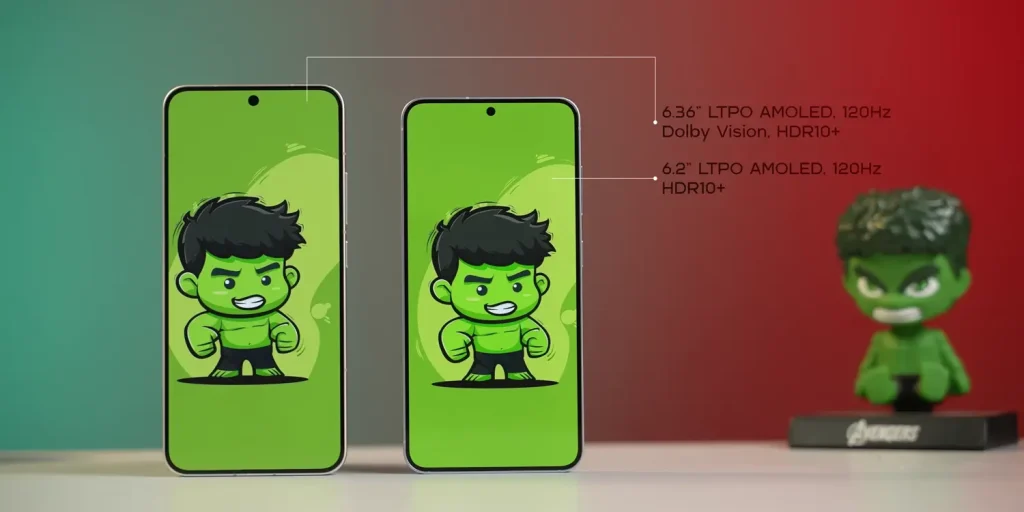
The displays on both phones are remarkably similar, making it hard to pick a clear winner. Both feature AMOLED panels with a 120Hz refresh rate, delivering vibrant colors, deep blacks, and smooth scrolling. The bezels are evenly thin on all sides, giving both phones a sleek, immersive look. They also come with ultrasonic fingerprint sensors, which work reliably even with wet or oily fingers—a big upgrade for Xiaomi, as older models used optical sensors.
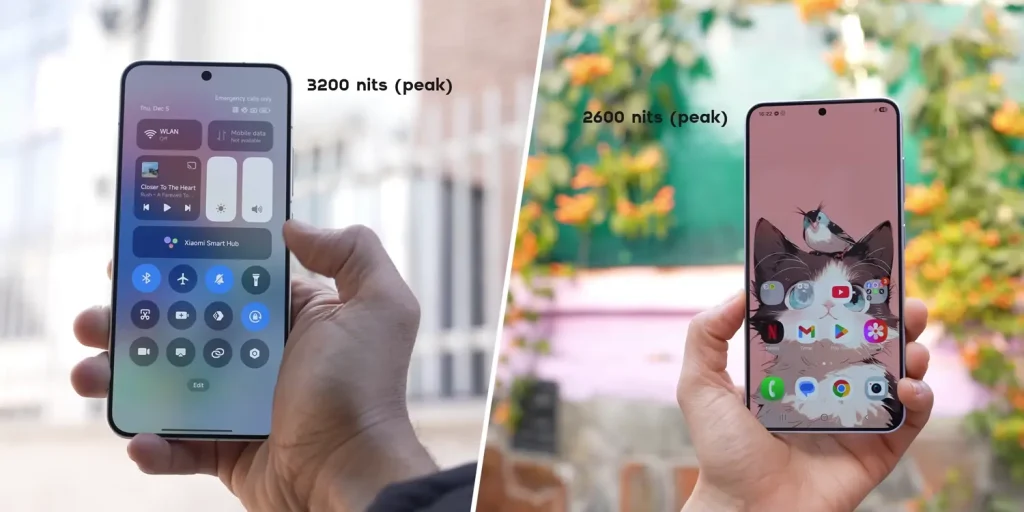
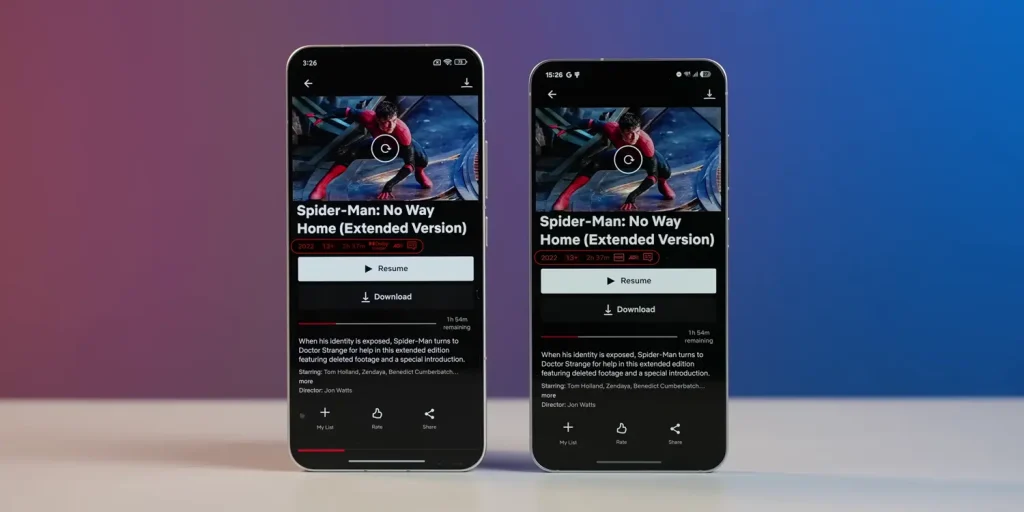
However, there are a few differences. The Xiaomi 15 has a higher peak brightness, making it better for watching HDR content, especially Dolby Vision videos (which the S25 lacks). This brightness advantage is noticeable indoors or when streaming high-quality videos. Outdoors, though, the Galaxy S25 gets brighter, ensuring better visibility in direct sunlight.
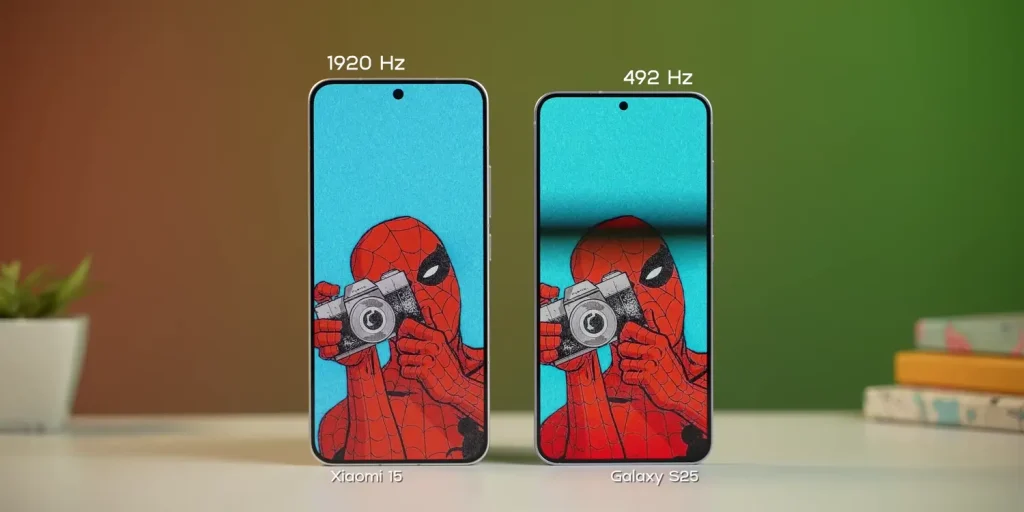
Xiaomi also caters to users sensitive to screen flickering by offering DC dimming and high PWM dimming, which reduce eye strain. The S25 lacks these features, so if you’re prone to headaches from screen flicker, the Xiaomi 15 is the better choice. Overall, both displays are top-notch, but Xiaomi edges out slightly for indoor viewing and eye comfort.
Performance: Flagship Power in a Compact Package
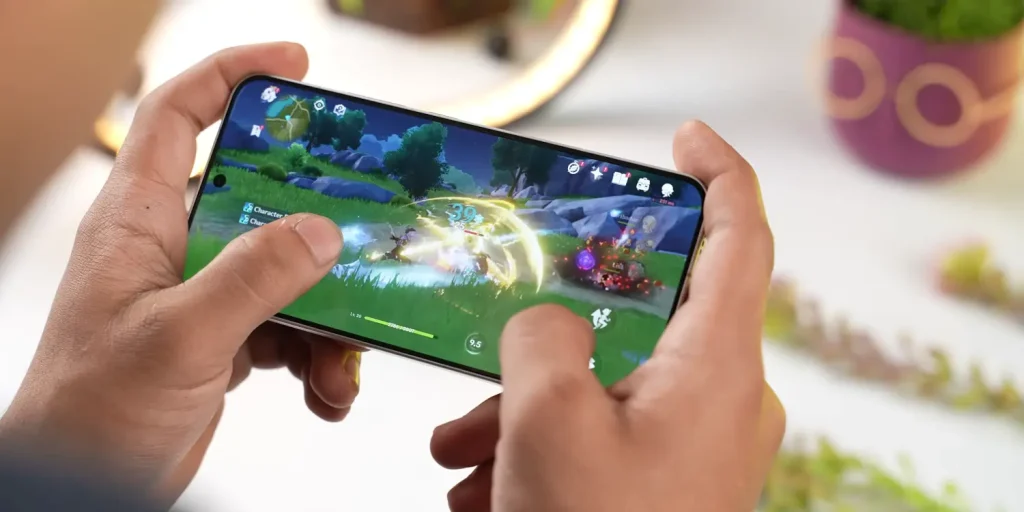
Under the hood, both phones are powered by the Snapdragon 8 Elite chipset, Qualcomm’s latest flagship processor in 2025. This ensures blazing-fast performance for everything from multitasking to gaming. Whether you’re playing heavy games like PUBG Mobile or Genshin Impact, editing videos, or running multiple apps, both phones handle it with ease.
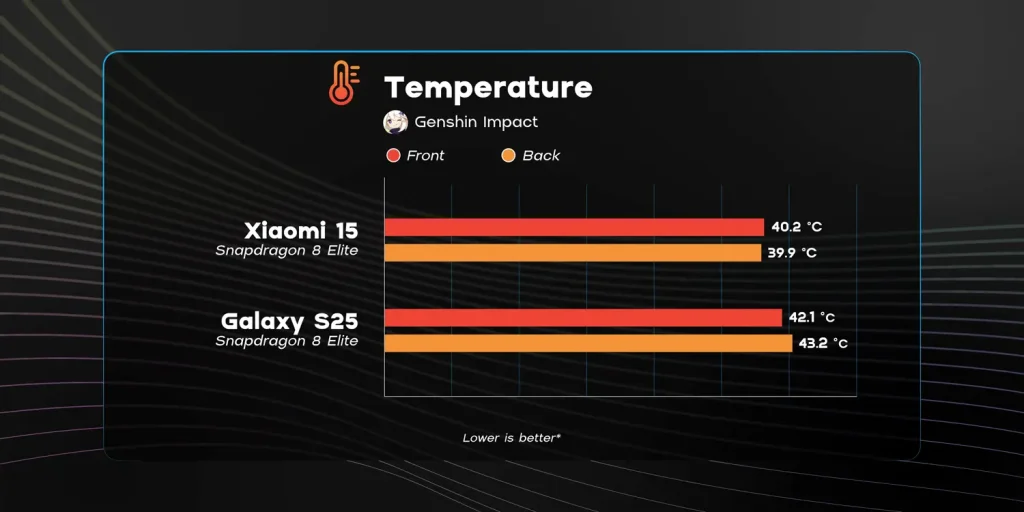
In gaming tests, both devices deliver similar frame rates, but the Xiaomi 15 runs slightly cooler, with temperatures staying below 40°C compared to the S25’s 43°C in demanding games. This makes the Xiaomi 15 a better choice for prolonged gaming sessions, as it’s less likely to throttle performance due to heat.
Both phones also come with ample RAM and storage options, ensuring smooth performance for years to come. If gaming is your priority, the Xiaomi 15 has a slight advantage, but the S25 is no slouch either.
Battery Life and Charging: Xiaomi Takes the Lead

One of the biggest differences between these phones is battery life. The Xiaomi 15 houses a 5,400mAh battery, thanks to silicon-carbon technology, which allows for a larger capacity in a slim design. In contrast, the Galaxy S25 has a smaller 4,000mAh battery (estimated, as exact capacity wasn’t specified in the script).
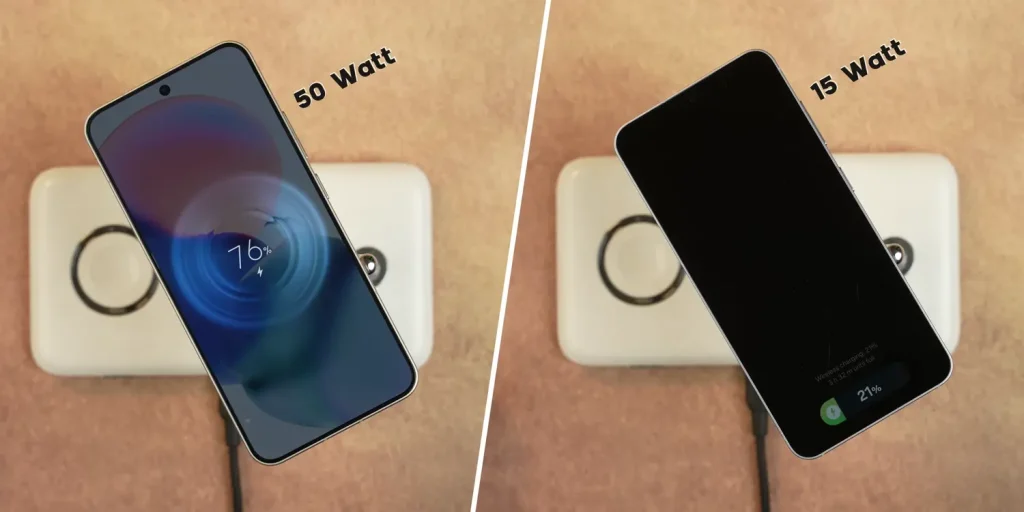
In real-world use, the Xiaomi 15 delivers about 7 hours of screen-on time, while the S25 manages around 5.5 hours. This makes the Xiaomi 15 a better choice for heavy users who need their phone to last all day. Charging speeds further tilt the scales in Xiaomi’s favor. The Xiaomi 15 supports 90W wired charging and 50W wireless charging, filling up much faster than the S25’s 25W wired and 15W wireless charging. Plus, Xiaomi includes a 90W charger in the box, while Samsung requires you to buy one separately.
If battery life and fast charging are priorities, the Xiaomi 15 is the clear winner.
Cameras: Samsung’s Software Edge vs Xiaomi’s Low-Light Prowess
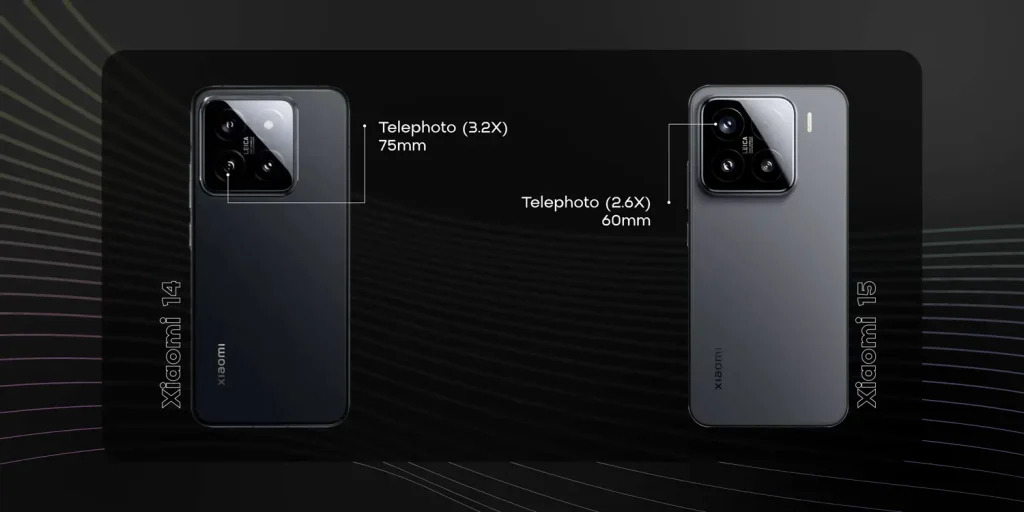
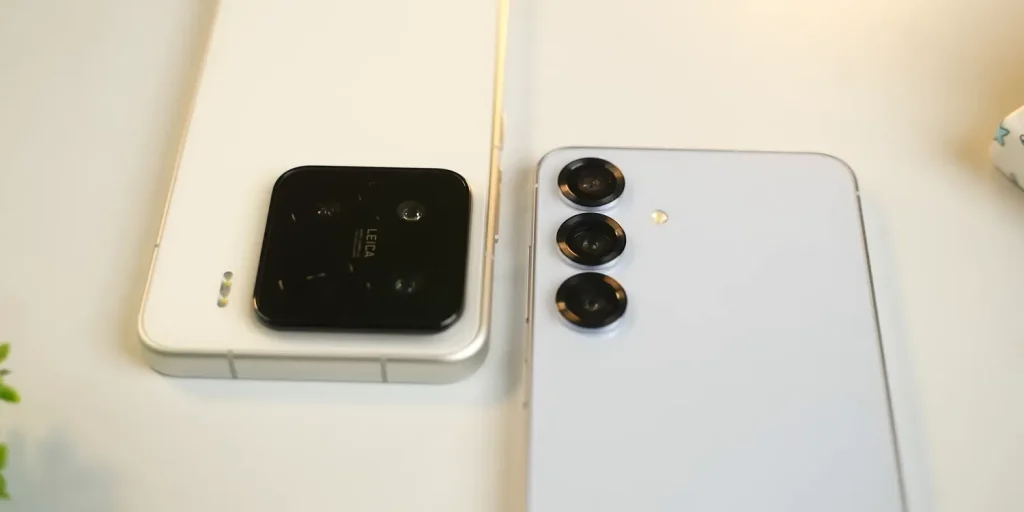
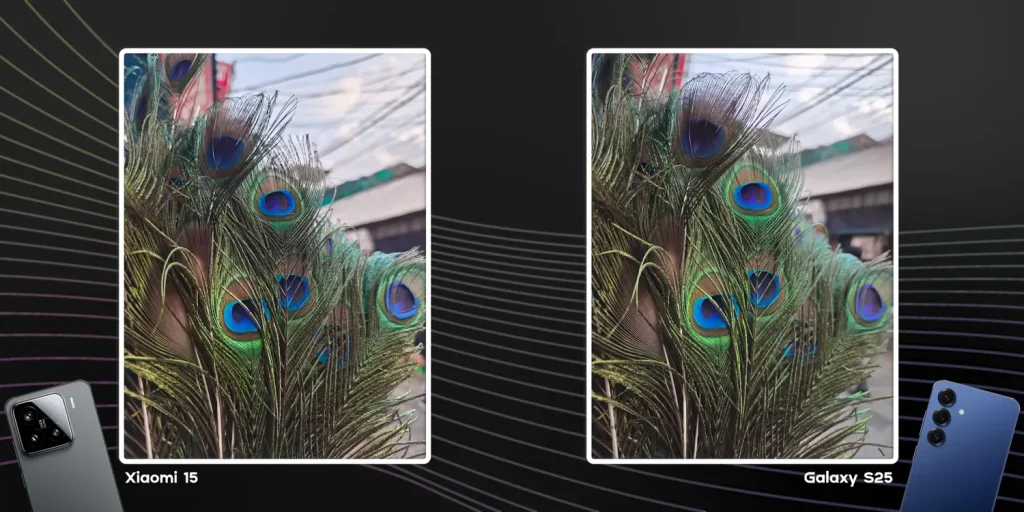
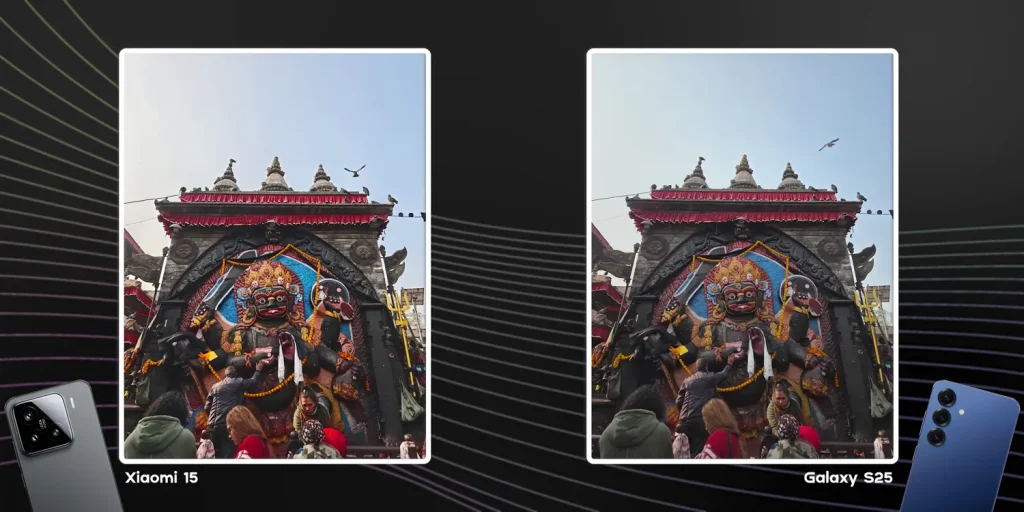
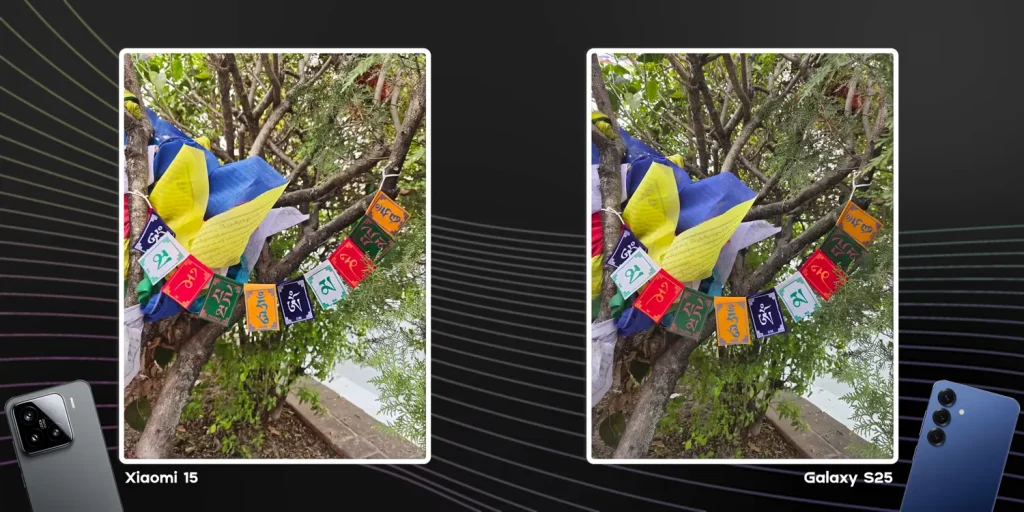
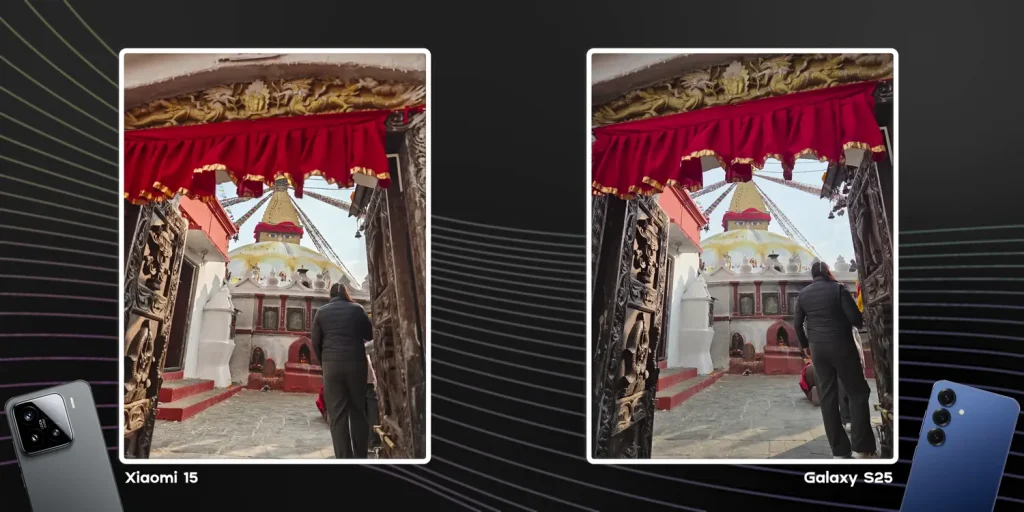
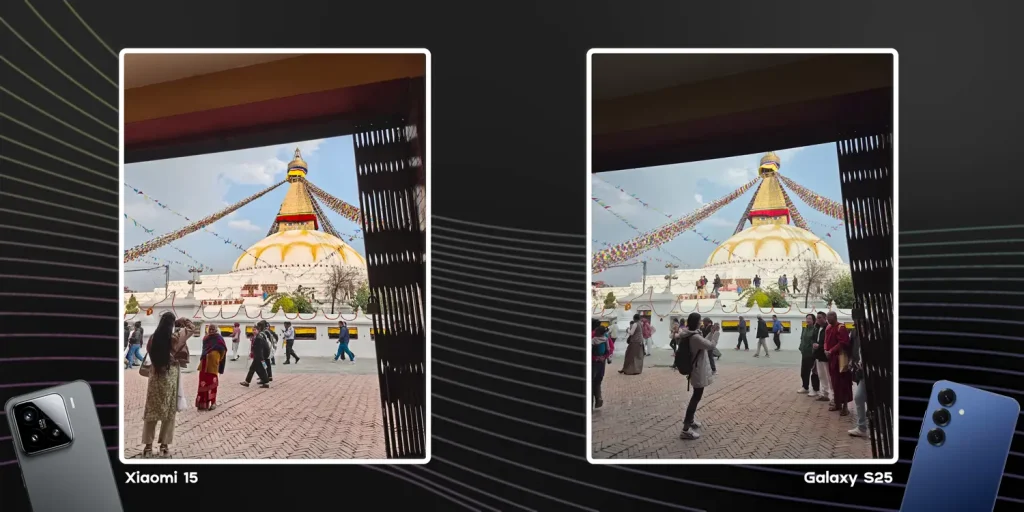
The camera systems on both phones are impressive, but they cater to different strengths. The Xiaomi 15 features a Leica-powered triple camera setup with a primary sensor, a 2.6x telephoto lens (60mm focal length), and an ultrawide lens. The Galaxy S25, meanwhile, sticks with a similar triple camera setup but relies on Samsung’s refined software optimization.
Daytime Photography
In daylight, both phones capture stunning photos with great detail, dynamic range, and vibrant colors. The Xiaomi 15 occasionally lifts exposure too much, making images look flat or unnatural, and it struggles with red and yellow hues. The Galaxy S25, on the other hand, delivers more consistent results, with natural colors and better highlight control. Samsung’s ultrawide and telephoto lenses also handle exposure better than Xiaomi’s, though the Xiaomi 15’s telephoto lens doubles as a macro lens, a feature the S25 lacks.
Portraits and Selfies
For portraits, the Galaxy S25 shines with natural skin tones, balanced highlights, and smoother bokeh. The Xiaomi 15’s portraits can be overly contrasty and slightly oversharpened, with inconsistent skin tone rendering. The S25 also offers more focal length options (24mm to 67mm) for portraits, while Xiaomi provides only four. Selfies follow a similar trend, with the S25 producing more natural results, though Xiaomi’s wider field of view is great for group shots.
Low-Light Photography
In low-light conditions, the Xiaomi 15 pulls ahead. Its primary camera captures better details, colors, and exposure, with impressive highlight control around light sources. The Galaxy S25’s low-light photos, especially from the ultrawide and telephoto lenses, can appear grainy. For nighttime videos, the Xiaomi 15’s primary camera at 4K 60fps outperforms the S25, but its ultrawide nighttime videos are surprisingly poor, an area where Samsung does slightly better.
Video Recording
Daytime videos from both phones are comparable, with good stabilization and detail. The S25’s videos are slightly warmer, while Xiaomi’s are more contrasty. The S25 has a unique advantage for vloggers, as it allows switching to the selfie camera during 4K 60fps recording, a feature Xiaomi lacks. Samsung’s camera app is also more intuitive, with features like virtual aperture, audio eraser, and smart filters, while Xiaomi’s app can feel confusing despite offering Leica filters and custom styles.
Camera Verdict
If you prioritize consistent daytime photography, portraits, and selfies, the Galaxy S25 is the better choice. For low-light photography and primary camera video, the Xiaomi 15 takes the lead. Both could improve with software updates, especially Xiaomi’s ultrawide and telephoto performance.
Software: Samsung’s Long-Term Commitment
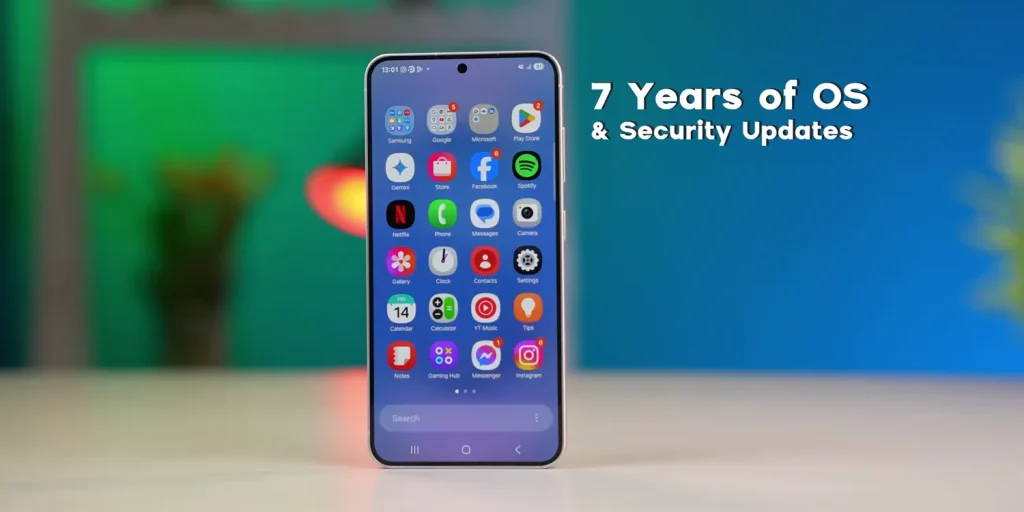
Software is where the Galaxy S25 pulls ahead significantly. It runs One UI 7, which feels polished, intuitive, and fun, with a refreshed quick settings menu, improved multitasking, and smooth animations. Samsung promises 7 years of software updates, ensuring the S25 stays relevant until 2032. In contrast, the Xiaomi 15 runs HyperOS 2.0, which is feature-rich but less refined, with a steeper learning curve. Xiaomi commits to 4 years of updates, which is decent but falls short of Samsung’s promise.
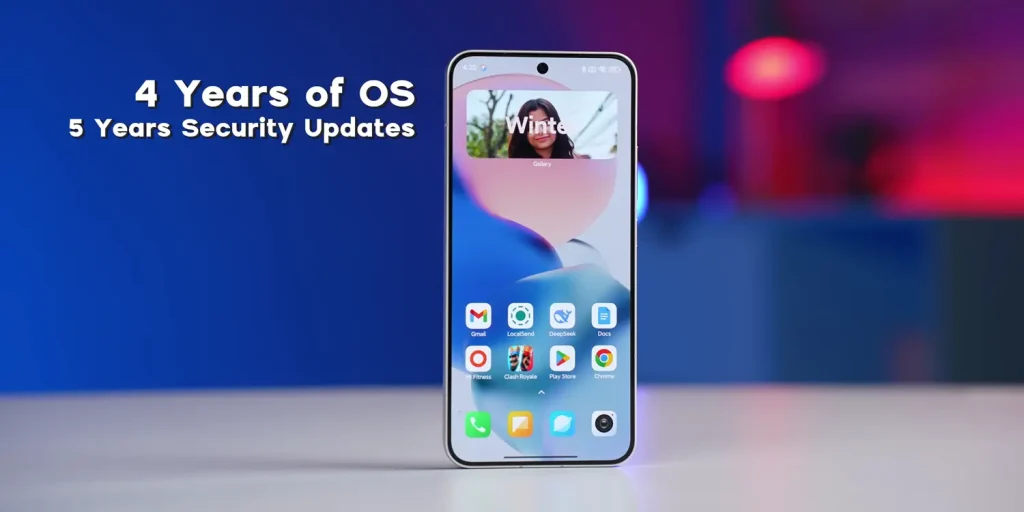
Samsung also leads in AI features, offering tools like grammar correction, web page summarization, and seamless integration of editing features in the gallery app. Xiaomi has some AI tricks, like dynamic wallpapers and image editing, but they’re less comprehensive. If you value a polished software experience and long-term support, the S25 is the way to go.
Additional Features: Small Wins for Xiaomi

The Xiaomi 15 has a slight edge in haptics, with livelier and more precise vibration feedback across the UI. Its speakers are also fuller, with better detail and a hint of bass, making it better for media consumption without earphones. These are small differences, but they enhance the overall experience.
Specification Comparison Table
| Feature | Xiaomi 15 | Samsung Galaxy S25 |
|---|---|---|
| Display | AMOLED, 120Hz, Xiaomi Shield Glass | AMOLED, 120Hz, Gorilla Glass Victus 2 |
| Processor | Snapdragon 8 Elite | Snapdragon 8 Elite |
| Battery | 5,400mAh | ~4,000mAh (estimated) |
| Charging | 90W wired, 50W wireless | 25W wired, 15W wireless |
| Charger in Box | Yes (90W) | No |
| Cameras | Triple (Leica, 2.6x telephoto) | Triple (10MP telephoto) |
| Software | HyperOS 2.0, 4 years updates | One UI 7, 7 years updates |
| IP Rating | IP68 | IP68 |
| Fingerprint Sensor | Ultrasonic | Ultrasonic |
| Build | Aluminum frame, matte finish | Aluminum frame, matte finish |
Price and Value: Which Offers More?
The Xiaomi 15 is slightly cheaper than the Galaxy S25, making it a better value for budget-conscious buyers. However, both phones are likely to see significant discounts during sales, as seen with their predecessors (Xiaomi 14 and Galaxy S24). Waiting a few months could get you a better deal on either device.
Should You Buy the Xiaomi 15 or Galaxy S25?
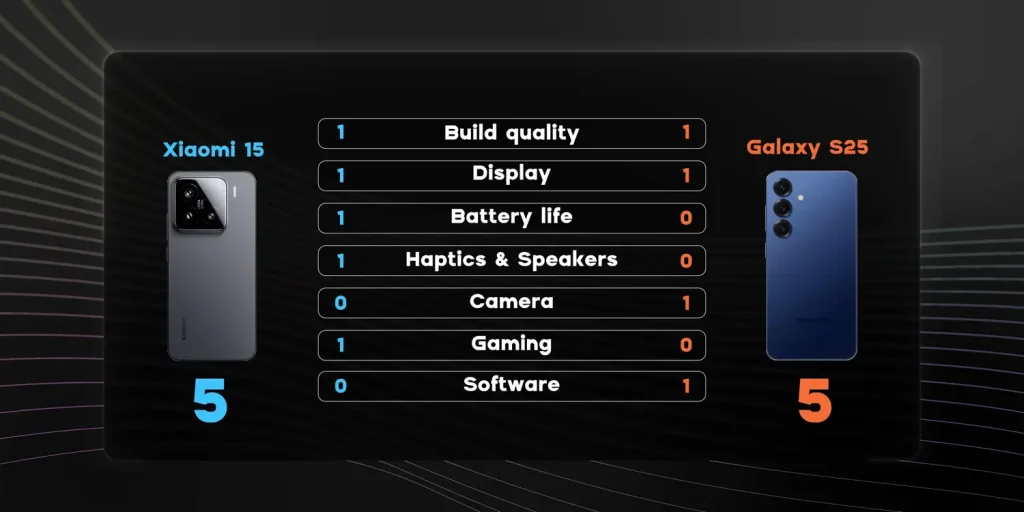
Both the Xiaomi 15 and Samsung Galaxy S25 are excellent compact phones, but they cater to different priorities:
- Choose the Xiaomi 15 if: You want longer battery life, faster charging, better low-light photography, and superior speakers. It’s also a great pick if you’re sensitive to screen flickering or want a slightly cheaper option.
- Choose the Galaxy S25 if: You prioritize a polished software experience, longer software support, consistent cameras (especially for portraits and selfies), and advanced AI features. It’s ideal for those who value reliability and ease of use.
If you’re torn, consider waiting for software updates, as Xiaomi could address some camera inconsistencies. Alternatively, keep an eye out for sales to get the best deal.
Final Thoughts
The Xiaomi 15 and Samsung Galaxy S25 prove that compact phones can be just as powerful as their larger counterparts. Both offer premium designs, stunning displays, and flagship performance, making them some of the best options in 2025. While the Xiaomi 15 excels in battery life and low-light photography, the Galaxy S25 shines with its software and camera consistency. Ultimately, your choice depends on what matters most—whether it’s all-day battery life or a seamless software experience. Whichever you pick, you’re getting a compact powerhouse that’s worth every penny.
